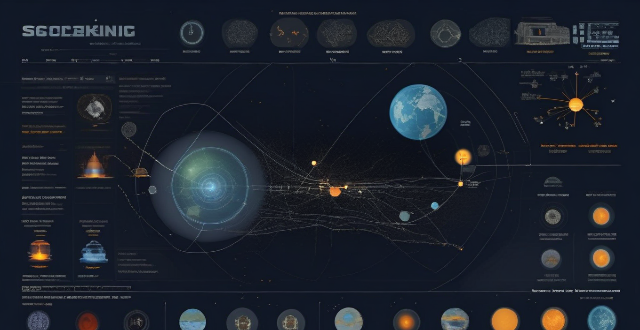GPS navigation systems in cars work by using a network of satellites to determine the precise location of a vehicle and provide accurate directions to drivers. The system is made up of three main components: satellites, control stations, and receivers. To determine a car's location, a GPS receiver must receive signals from at least four satellites and use trilateration to pinpoint its exact location on Earth. Once the car's location has been determined, the GPS navigation system uses map data to calculate the best route to the desired destination, considering factors such as traffic conditions, road closures, and speed limits. The system provides directions through visual cues on a display screen and audio instructions through speakers or headphones. GPS navigation systems offer several benefits over traditional paper maps or verbal directions, including accuracy, convenience, real-time updates, and additional features like points of interest (POIs), weather updates, and fuel consumption tracking.

GPS Navigation Systems in Cars: A Comprehensive Explanation
GPS (Global Positioning System) navigation systems have become an integral part of modern driving, providing accurate and real-time directions to drivers. These systems work by using a network of satellites orbiting the Earth to determine the precise location of a vehicle. In this article, we will explore the working principles of GPS navigation systems in cars.
How GPS Works
The GPS system is made up of three main components: satellites, control stations, and receivers. The U.S. government operates 24 satellites that orbit the Earth, sending signals from space. These satellites transmit information about their location and the exact time. Control stations monitor the satellites' paths and adjust their orbits as needed. GPS receivers, such as those found in cars, use these signals to calculate their position on Earth.
Determining Location
To determine a car's location, a GPS receiver must receive signals from at least four satellites. The receiver measures the time it takes for each signal to arrive and uses this information to calculate its distance from each satellite. By comparing these distances with the known positions of the satellites, the receiver can pinpoint its exact location on Earth. This process is called trilateration.
Calculating Direction
Once the car's location has been determined, the GPS navigation system uses map data stored in its memory or downloaded from a server to calculate the best route to the desired destination. The system considers factors such as traffic conditions, road closures, and speed limits to provide accurate directions. It also continuously updates the car's position as it moves along the route.
Providing Directions
The GPS navigation system provides directions through visual cues on a display screen and audio instructions through speakers or headphones. The display shows a map of the area around the car, highlighting the current location and the route to the destination. As the driver approaches turns or exits, the system provides verbal instructions, such as "Turn left in 500 feet" or "Take the next right." Some systems also offer additional features like lane guidance, which shows which lane the driver should be in for upcoming turns or exits.
Benefits of GPS Navigation Systems
GPS navigation systems offer several benefits over traditional paper maps or verbal directions:
- Accuracy: GPS systems are incredibly accurate, typically within a few meters of the actual location.
- Convenience: Drivers no longer need to stop and ask for directions or unfold a large paper map while driving.
- Real-Time Updates: GPS systems can provide real-time traffic updates and reroute drivers around accidents or construction zones.
- Additional Features: Many GPS systems offer additional features like points of interest (POIs), weather updates, and fuel consumption tracking.
In conclusion, GPS navigation systems in cars work by receiving signals from satellites orbiting the Earth and using this information to calculate the car's location and provide accurate directions to the desired destination. These systems offer numerous benefits over traditional navigation methods, making them an essential tool for modern driving.